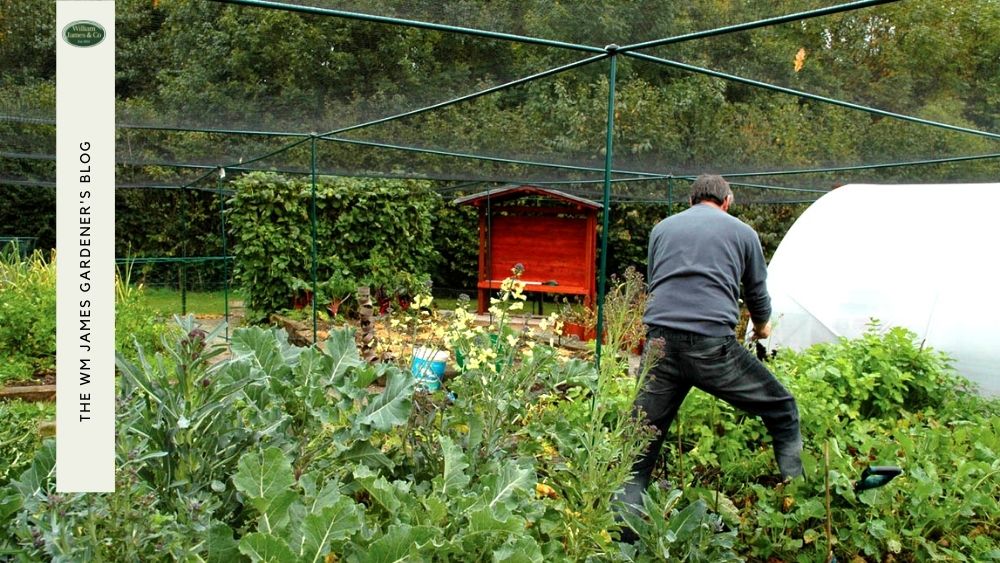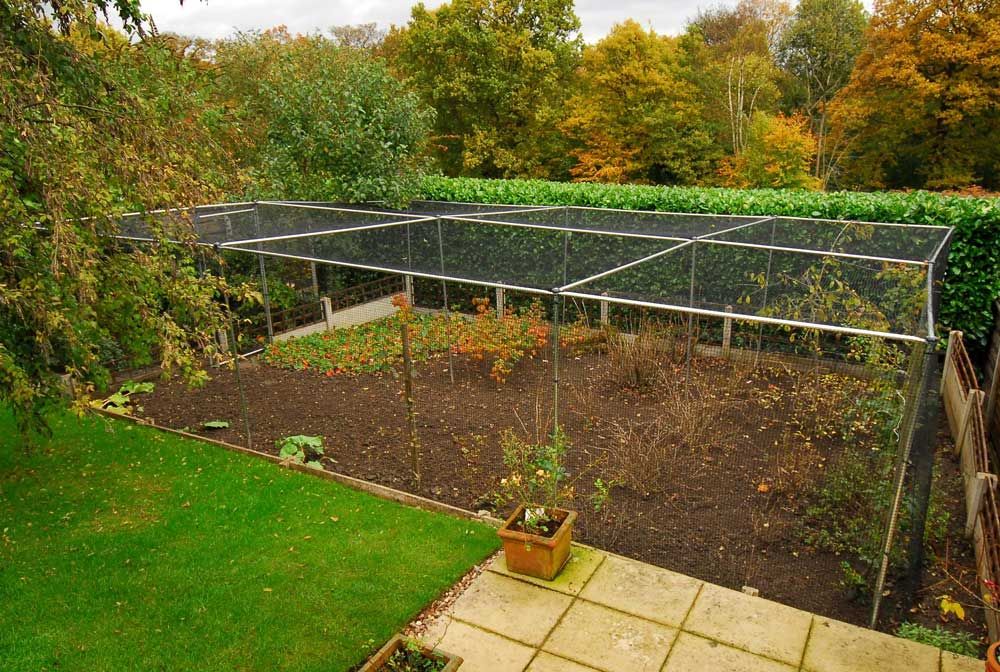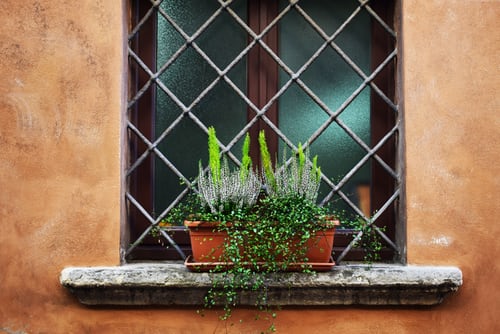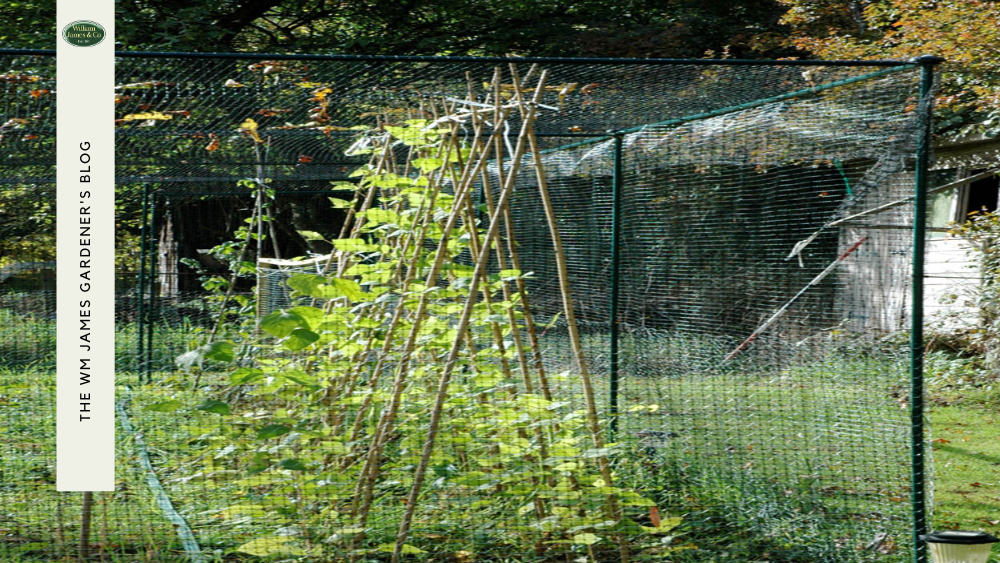We use cookies to make your experience better. To comply with the new e-Privacy directive, we need to ask for your consent to set the cookies. Learn more.
4 Insider Tips For Vegetable Garden Planting Success

There’s been a recent trend in people growing fruit and vegetables in their outdoor spaces. The great thing about growing your own fruit and vegetables is that it’s easy to get started and you can save money on grocery bills. However, it doesn’t always go to plan. Follow these vegetable garden planting tips to ensure you get a good, healthy crop from whatever space you’re using.
Plant Fruit & Vegetables According To Their Needs
One of the most important things to know before planting fruit and vegetables are the requirements for each species. Some fruits require sun all day so that they can ripen properly. Some vegetables are best suited to parts of the garden with more shade.
If you’re growing fruit and vegetables from seed packets, these will tell where and when to plant them. If you’re buying small plants it’s always best to ask what the ideal growing conditions are.
As a general guide here are some common vegetables that are grown at home and the ideal conditions for each. But remember, conditions can vary for different strains of the same fruit or vegetable.
| Tomatoes | Rich fertile soil, sow in small pots indoors, to begin with. As they grow tall and require support, choose a sunny spot that’s sheltered from the wind. |
| Potatoes | Do well in all soil types, plant straight into the ground with well-rotted organic matter. Choose an open, sunny spot. |
| Strawberries | Plant in any soil type and ensure it’s well-drained as waterlogging causes disease. Similar to tomatoes, plant in full sun out of the wind. |
| Cucumber | Fertile garden soil is best but they need to be kept moist (not wet). They do like the sun but it can cause scorching so a little shade is a good idea. |
| Rhubarb | Usually grown from crowns rather than seeds. They do best in sunny areas of the garden that has free-draining soil. |
| Runner Beans | Plant in an area that already attracts insects as these will help with pollination. Warm, sunny spots are best and they do require support stalks. |
| Pumpkins | Require a lot of space to fully grow. They should also be planted where there is lots of sun. Ensure to weed the entire patch before planting seeds. |
Maximise Your Vegetable Garden Planting Space
If you have a small garden or no garden at all, then you will need to figure out the best ways to maximise your garden. Sometimes this can mean removing existing plants if you would like to make more space for planting vegetables.
Another excellent idea is to use window boxes to grow fruit, vegetables and herbs. Lettuce, spinach, radish, carrots and bush beans are some of the most common vegetables that can be grown in vegetable boxes. Mint, chive and thyme are popular herbs that also do well in window boxes.
If neither of these options are available to you then it might be worth researching available spaces near to you. There could be private allotments you could rent or they may even be a community type garden project that you can be part of.
Learn About Common Vegetable Garden Problems
All gardeners will eventually come across problems with their fruit and vegetable crop. Having a good knowledge of the common problems that occur and more importantly, the solutions will help you to maintain a good healthy patch.
Naturally, some problems are worse and might require you to trim back or even replant your whole vegetable garden. If you know what you’re looking for, most problems can be fixed quite easily. These are the top 5 most common vegetable garden problems and solutions.
| Seedlings not coming through after planting | This is usually caused by too much or too little moisture in the soil. If your soil has been wet for a while then your seeds will have rotted so you will need to replant. |
| Plants look healthy but are growing slowly | If you notice this then it’s most likely down to growing conditions. If you’re experiencing cold weather then move your plants into a greenhouse or indoors where there is plenty of light and warmth. |
| Dark spots are appearing on the leaves of plants | Dark spots are a common sign of disease and should be dealt with quickly to stop it from spreading. You must remove the plant immediately and check nearby plants for the same problems. |
| The fruit is ripening but the bottom is rotting away | This is called blossom end rot and it means that there could be too much calcium in the soil. Another reason for this is that the moisture levels in the soil fluctuate too much. Add more mulch to absorb. |
| Pests! | Pests are the most common vegetable and fruit garden problem There are often many different species to deal with. Smaller species can be dealt with by using fine insect mesh that will prevent flies, beetles and snails from getting anywhere near your crop. |
Protect Your Crops With a Fruit Cage
Birds, rabbits and other small mammals can cause havoc in thriving fruit and vegetable gardens. If your garden is doing well then it’s highly likely that you will attract these animals so you need to think about how you will protect your crop.
Fruit cages are an excellent solution for keeping your plants safe and secure. To stop animals from gaining access underneath the cage, bury netting into the ground. Cages come in all shapes and sizes and are suitable for large and small gardens.
The best garden netting for fruit cages depends on where it will be used. A larger 100mm mesh is best for the top and a 20mm or small mesh for the fruit cage sides. The reason for this is that if a bird does get through the side, it will be able to fly out of the top with ease. This will also allow taller plants to grow through the roof without restriction.

Conclusion
If you’re thinking about starting your own vegetable garden planting journey then remember that planning is the key to success. Most fruit and vegetable plants are hardy and can be grown in a range of conditions. Despite this, to get the most from your garden knowing when are where to plant your vegetables and how to look after them will give you the greatest chance of success.












